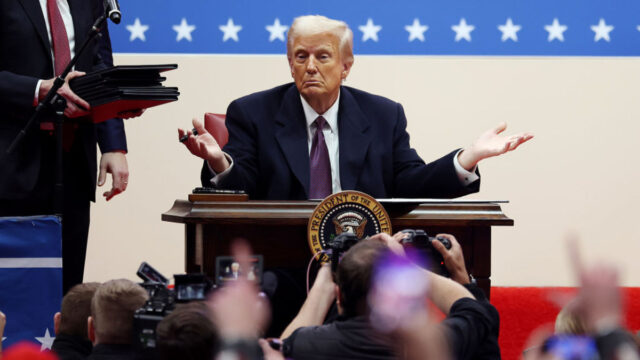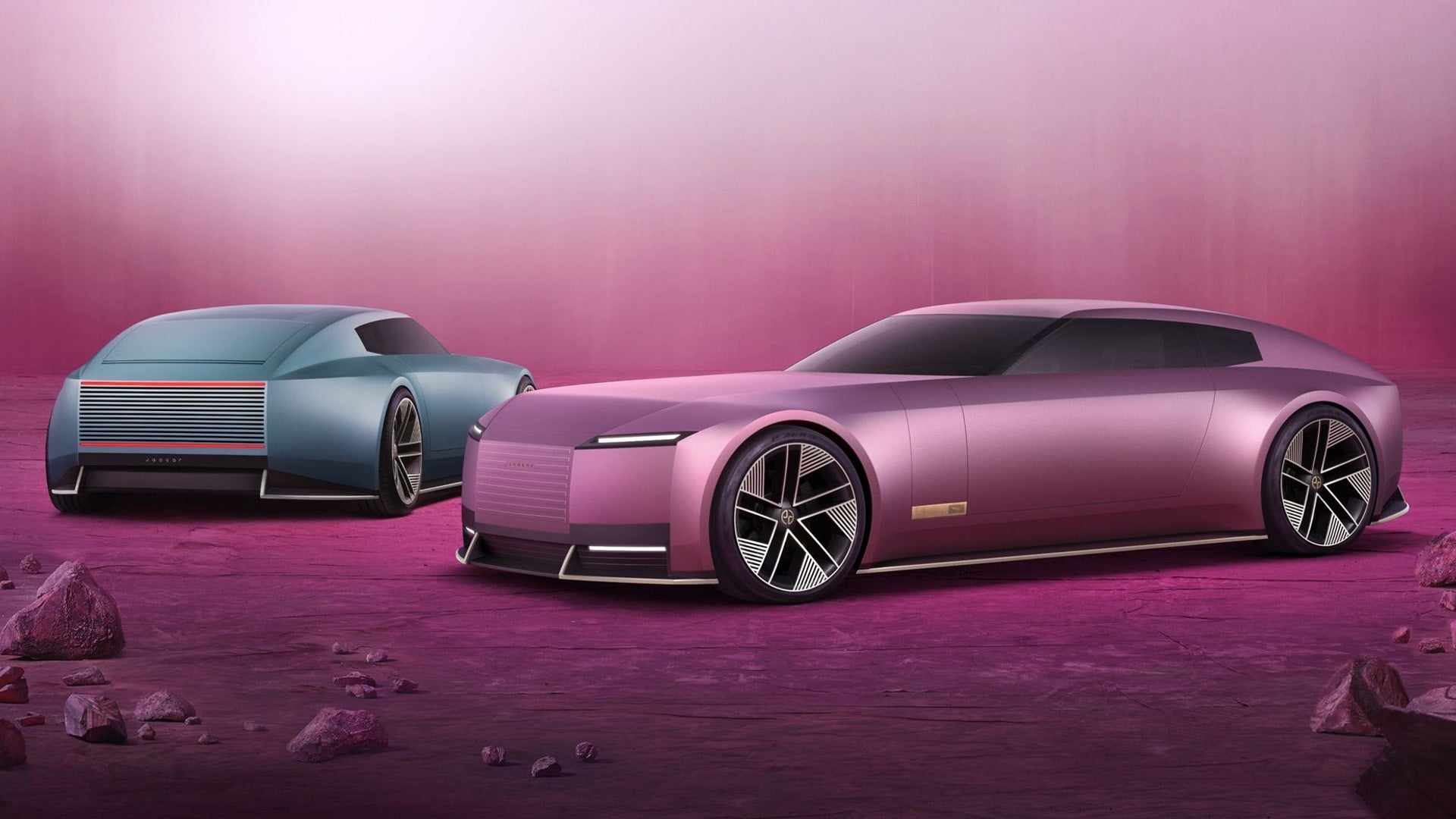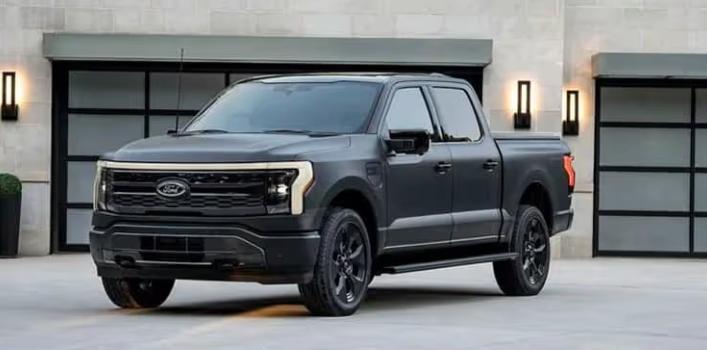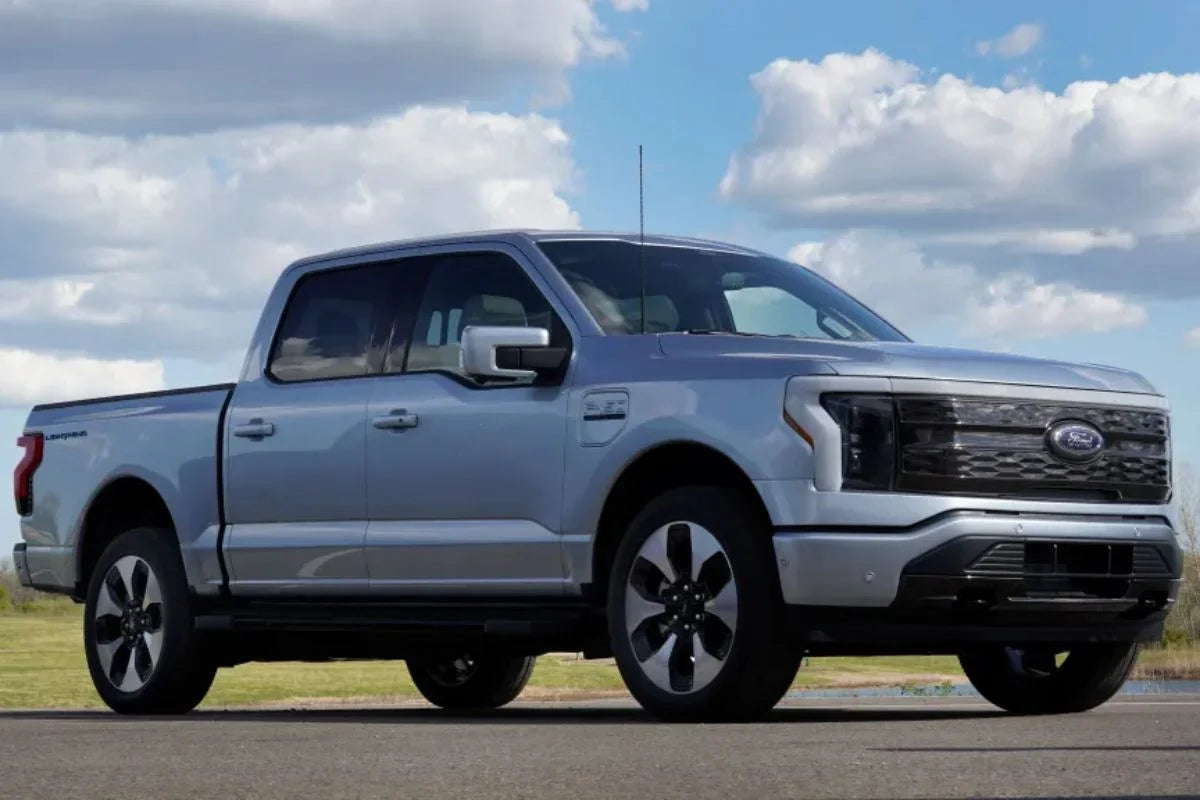Le président Donald Trump a publié un décret visant à démanteler ce qu'il appelle à tort « l'obligation des véhicules électriques », instaurée sous la présidence de Joe Biden . Cette mesure s'inscrit dans la lignée des promesses de campagne de Trump de freiner ce qu'il décrit comme une poussée excessive en faveur des véhicules électriques (VE) de la part de Biden et des dirigeants démocrates. Cette mesure, combinée aux changements de politique prévus sous un second mandat de Trump, pourrait entraver les initiatives américaines de lutte contre le changement climatique, principalement liées aux émissions des véhicules à essence et diesel.
Détails du décret de Trump sur les véhicules électriques
Le décret vise à « supprimer l'obligation d'achat de véhicules électriques » afin de favoriser un véritable choix pour les consommateurs, de promouvoir la croissance économique et l'innovation en supprimant les obstacles réglementaires à la disponibilité des véhicules motorisés et en garantissant un environnement réglementaire équitable pour le choix des véhicules. Bien qu'aucun mandat officiel de Biden n'ait été émis pour imposer l'achat de véhicules électriques, ses politiques ont été conçues pour encourager les consommateurs et les constructeurs à passer aux voitures électriques.
En vertu de la directive intitulée « Libérer l'énergie américaine », l'administration Trump vise à supprimer, lorsque cela est possible, les exemptions d'émissions imposées par les États qui restreignent les ventes de véhicules à essence. Le décret suggère une révision des subventions et autres interventions gouvernementales susceptibles de biaiser le marché en faveur des véhicules électriques, rendant ainsi d'autres types de véhicules inabordables et, par conséquent, rendant indirectement obligatoire l'adoption de ces véhicules.
Le langage de cet ordre et d'autres signés par Trump ce jour-là laisse entrevoir une intention d'abolir le crédit d'impôt de 7 500 dollars pour les nouveaux acheteurs de véhicules électriques, qui fait partie de la législation climatique de Biden pour 2022, et d'assouplir les règles strictes de l'EPA en matière d'émissions établies pendant le mandat de Biden.
Trump a également ciblé une dérogation fédérale permettant à la Californie d'interdire la vente de nouvelles voitures fonctionnant uniquement à l'essence d'ici 2035, ce qui aurait un impact non seulement sur la Californie mais aussi sur les États qui adoptent ses normes d'émissions.
Le premier mandat de Trump et les développements récents
Cette décision exécutive fait écho à l'approche adoptée par l'administration Trump précédente, qui avait considérablement assoupli les normes d'émissions des véhicules, initialement renforcées sous la présidence de Barack Obama. Avant l'élection, les relations entre Trump et Elon Musk, PDG de Tesla, se sont réchauffées , malgré le leadership de ce dernier dans le secteur des véhicules électriques. Musk supervise désormais ce que Trump a baptisé le Département de l'Efficacité Gouvernementale.

Impact sur l'infrastructure de recharge des véhicules électriques
Le décret de Trump suspend immédiatement le financement des bornes de recharge pour véhicules électriques, prévu par la loi sur la réduction de l'inflation et la loi bipartite sur les infrastructures de 2021. Biden visait 500 000 bornes de recharge d'ici 2030 ; des progrès ont toutefois été réalisés : 214 bornes sont opérationnelles dans 12 États et plus de 24 800 projets sont en cours de développement, avec plus de 203 000 bornes de recharge actuellement disponibles à l'échelle nationale.
Politiques actuelles en matière de véhicules électriques et état du marché
L'administration Biden s'est fixé pour objectif que 50 % des ventes de voitures neuves soient électriques d'ici 2030 et a investi dans les infrastructures de recharge. Les normes drastiques d'émissions de l'EPA pourraient être respectées avec des véhicules électriques représentant seulement 30 % des ventes d'ici 2032, complétés par des véhicules à essence plus économes. De même, les normes de consommation de carburant devaient être considérablement renforcées d'ici 2031.
Réponse du marché
Malgré un ralentissement de la croissance des ventes de véhicules électriques, ceux-ci ont représenté 8,1 % des ventes de véhicules neufs l'an dernier. Leur coût initial plus élevé demeure un obstacle, même s'il est en baisse. Certains constructeurs, comme Ford, ont revu à la baisse leurs projets de véhicules 100 % électriques, optant pour des modèles hybrides.
Implications futures
À court terme, les ventes de véhicules électriques pourraient connaître une forte hausse , les consommateurs cherchant à bénéficier des incitations actuelles avant d'éventuels changements. Cependant, à terme, cela pourrait compliquer la réduction des émissions aux États-Unis, compte tenu de la contribution significative des transports aux émissions nationales de gaz à effet de serre.
Des batailles juridiques sont à prévoir, les groupes environnementaux et autres opposants contestant ces changements de politique. Des critiques comme Dan Becker, du Centre pour la diversité biologique, avertissent que ces changements pourraient entraîner une hausse des coûts, une augmentation de la pollution et une diminution de la compétitivité mondiale de l'industrie automobile américaine.
Lecture recommandée : Fin du crédit d'impôt fédéral pour véhicules électriques le 30 septembre 2025 – Véhicules admissibles et recommandations








Partager:
Les véhicules électriques Volkswagen devraient se connecter au réseau de superchargeurs de Tesla d'ici 2025
Elon Musk confirme que les ordinateurs de conduite autonome HW3 doivent être remplacés ; la modernisation est limitée aux acheteurs de FSD.